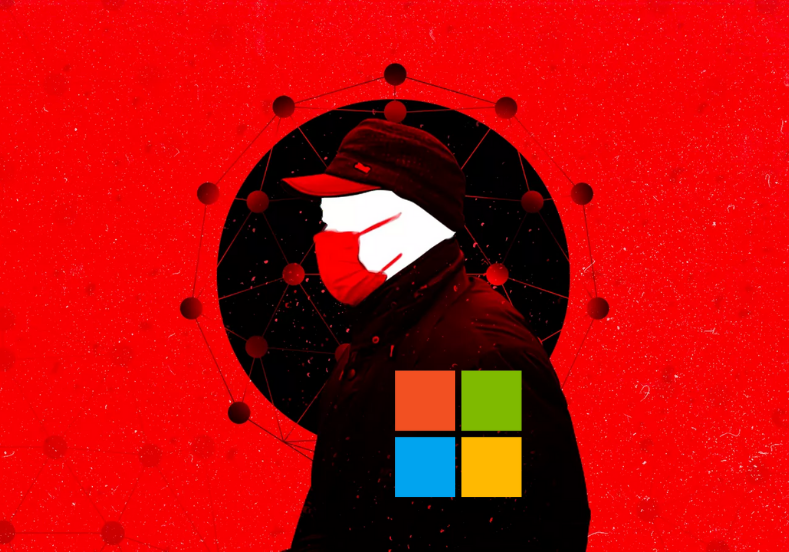Email security has become a big concern for organisations, thanks to phishing campaigns that deliver ransomware. Recently, there has been no shortage of notable cyber attacks. Most notably, the WannaCry ransomware attack was spread through an SMB vulnerability.
According to a survey by the SANS institute, spear-phishing and whaling attacks are increasing dramatically. Spear phishing was identified as the second most significant type of attack (ransomware takes the honors for the top spot). In the case of spear phishing attacks, cyber criminals are carrying out extensive social engineering activities to gather personal information and craft messages that appear from trusted sources to gain the victim’s confidence.
It is becoming increasingly difficult to accurately detect all bad emails, especially those containing attachments, without slowing down email to such an extent that it impacts employee productivity. In many cases, critical business communications need to be delivered promptly, without any delay or being lost in junk or spam folders. In addition, traditional signature-based technologies are proving to be ineffective in stopping phishing emails that contain malicious payloads such as zero-day/unknown malware and ransomware.
In today’s landscape, an effective email security solution should:
- Align with and complement your network security solutions
- Integrate with network sandboxing to scan all you SMTP traffic and email attachments
- Provide granular administrative control over settings and must be able to set policies such as “Tag a subject line” or “Strip email attachment” in cases where communication is of the utmost importance
- Feature anti-spoofing authentication mechanisms such as DKIM, SPF and DMARC, to protect against impostor emails
- Offer encryption and data leakage prevention (DLP) capabilities for outbound protection
Email is the top attack vector, and most cyber attacks typically start with a phishing or spear phishing attack. Almost every organisation has deployed some sort of email security solution. However, the threat landscape is constantly evolving and today’s advanced threats are designed to bypass traditional security techniques. Now is the right time to evaluate the currently deployed solution and analyse gaps in your security posture. To reduce risk exposure, email security must use a multi-layered approach.
Contact us if you would like to implement the critical capabilities of next-generation email security.

















Share your thoughts in the Comments section: